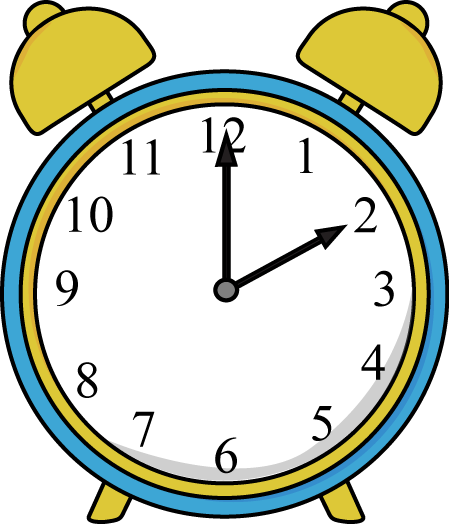Math is a very important part of life.
We use math to set an alarm clock, buy groceries, keep score or time at a game, wallpaper a room, or wrap a present.
We all need math in the world of computers and electronic communication.
It is important to encourage children to think of themselves as mathematicians who can reason and solve problems.
Here are some things you can do to encourage your children:
• Show your children that you like numbers. Play number games and think of math problems as puzzles to be solved.
• From the time your child is very young, count everything. When you empty a grocery bag, count the number of apples. Count the number of stairs to your home.
• Put things into groups. When you do laundry, separate items of clothing: all the socks in one pile, shirts in another, and pants in another.
Divide the socks by colors and count the number of each. Draw pictures and graphs of clothes in the laundry: 4 red socks, 10 blue socks, 12 white socks.
• Tell your children that anyone can learn math. Point out numbers in your child’s life: in terms of weight (pounds and ounces), measurements involving cooking, temperature and time.
• Help your children do math in their heads with lots of small numbers.
Ask questions: “If I have four cups and I need seven altogether, how many more do I need?
www.Star-Brite.com




















